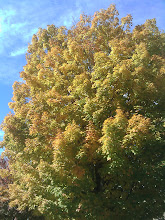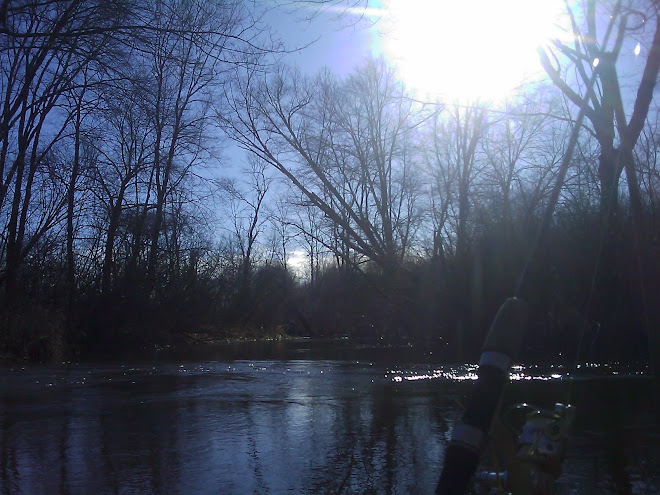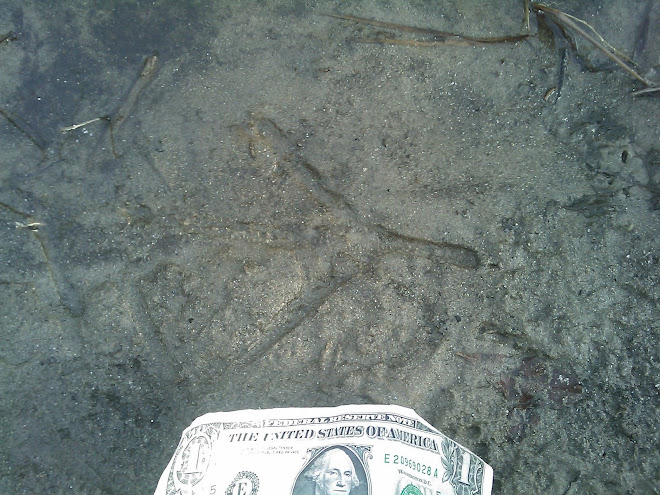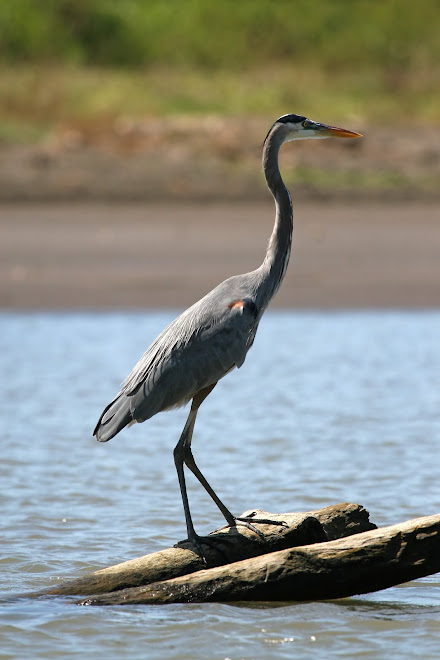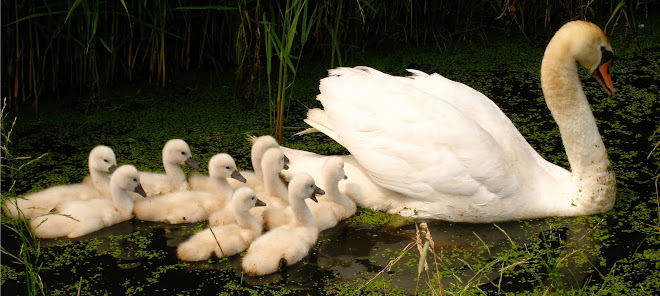
Bret caught this great looking Rainbow Trout earlier in the season during the spring. Healthy coloring: white ventrally to pink to olive dorsally. This was a great spot in Deerfield where you could wade out into the river.
The Blog examines Fishing in New England through Photographs Diagrams and Analysis. Spots, Catches, Species identification. I post Photographs of fish I have caught Stream fishing, River fishing, Lake fishing and Pond fishing and do research to help identify species. I also post anatomical diagrams and discuss characteristics. Recent Fish include Largemouth Bass, Smallmouth Bass, Salmon, Sunfish, Pumpkinseed, Pike, Pickerel, Brown Trout, Rainbow Trout, Fallfish.










 Caught another good looking Fallfish
Caught another good looking Fallfish It is sometimes possible to distinguish the barbel located in the groove between the maxilla and snout. In person the silver color is striking with hints of pink and black. Great colors. They are truly magnificent fish.
It is sometimes possible to distinguish the barbel located in the groove between the maxilla and snout. In person the silver color is striking with hints of pink and black. Great colors. They are truly magnificent fish.
 The Chain Pickerel's back and sides are olive green to brown, grading to white on the belly. Its sides are overlain with yellowish green blotches, which cause the darker green background color to form chainlike markings on the sides. Caught this one in a stream by Amherst College (Fort River)
The Chain Pickerel's back and sides are olive green to brown, grading to white on the belly. Its sides are overlain with yellowish green blotches, which cause the darker green background color to form chainlike markings on the sides. Caught this one in a stream by Amherst College (Fort River) The chain pickerel is distinguishable from the grass or red-fin pickerel by a longer snout and the chainlike markings. If you look in the underside of the enlarged gill cover (that also characterizes the chain pickerel) you will find what are known as Branchiostegal rays. Branchiostegal rays are slender bones supporting the membranous edge of the gill cover. The chain pickerel has more branchiostegal rays (14-17) than others (10-13)
The chain pickerel is distinguishable from the grass or red-fin pickerel by a longer snout and the chainlike markings. If you look in the underside of the enlarged gill cover (that also characterizes the chain pickerel) you will find what are known as Branchiostegal rays. Branchiostegal rays are slender bones supporting the membranous edge of the gill cover. The chain pickerel has more branchiostegal rays (14-17) than others (10-13) This younger pickerel has a series of incomplete chain markings that will segment with age.
This younger pickerel has a series of incomplete chain markings that will segment with age.





 The Pumpkinseed is quite common and redily distinguishable by a large dark spot at the posterior end of the opercular bone accompanied by a Red spot on the opercular flap.
The Pumpkinseed is quite common and redily distinguishable by a large dark spot at the posterior end of the opercular bone accompanied by a Red spot on the opercular flap.
 Caught a nice Brown Trout in Amherst MA. You can see the characteristic small dark spots on a lighter, usually brownish, background. The spots are much larger than other trout and salmon (pupil sized) and are usually colored red or orange. The fish can easily be mistaken for a Rainbow trout and landlocked salmon.
Caught a nice Brown Trout in Amherst MA. You can see the characteristic small dark spots on a lighter, usually brownish, background. The spots are much larger than other trout and salmon (pupil sized) and are usually colored red or orange. The fish can easily be mistaken for a Rainbow trout and landlocked salmon. Brown trout have a maxilla that extends past the posterior edge of the eye, whereas salmon have a maxilla that extends no further than the posterior of the pupil.
Brown trout have a maxilla that extends past the posterior edge of the eye, whereas salmon have a maxilla that extends no further than the posterior of the pupil.




















